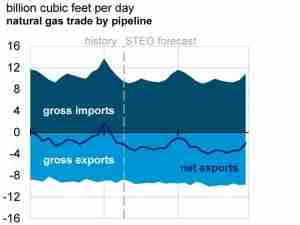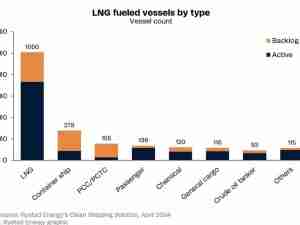Britain’s natural gas is still flowing to mainland Europe at a time when the fuel would typically be kept at home, underlining the country’s key role in keeping the continent warm this winter.
UK flows through the Interconnector pipeline to Belgium, the biggest of the two links between the regions, are the highest for the time of year since at least 2016. That’s unusual for December, when exports normally stop or even reverse as it gets colder and UK heating demand jumps.
It’s not hard to see why. As the European Union cuts its reliance on Russian gas, Britain’s North Sea production, ample supplies from Norway and liquefied natural gas terminals make a good substitute. UK gas prices have also been lower than in Europe in the past few months, which has spurred traders to keep exporting to the continent.
“Unlike in previous years, we anticipate the UK will remain a net exporter of gas to the continent this winter, leveraging on its higher availability of regasification capacity and record LNG imports,” said Mauro Chavez, research director for European gas and LNG at Wood Mackenzie Ltd.
It doesn’t mean that there won’t be days when supplies will be short in the UK. After an unseasonably mild autumn, winter weather is finally rolling in with temperatures in London expected to drop below zero from Wednesday. Cold air from the Arctic will bring overnight frosts and a risk of wintry showers and snow, Britain’s Met Office said. Below-average temperatures may stay into next week.
Meanwhile, Britain’s gas-storage facilities can cover about 9 days of demand -- a fraction of Germany’s 89 days -- which makes the UK especially vulnerable to prolonged cold snaps or supply disruptions.
“It’s difficult to forecast exactly which type of supply will turn up on any given day, primarily because flexible supplies are price driven,” network operator National Grid Plc. said by email. “The pattern of historical behaviour we’ve observed in the past has been impacted by several uncertainties this winter due to the wider geo-political climate.”








